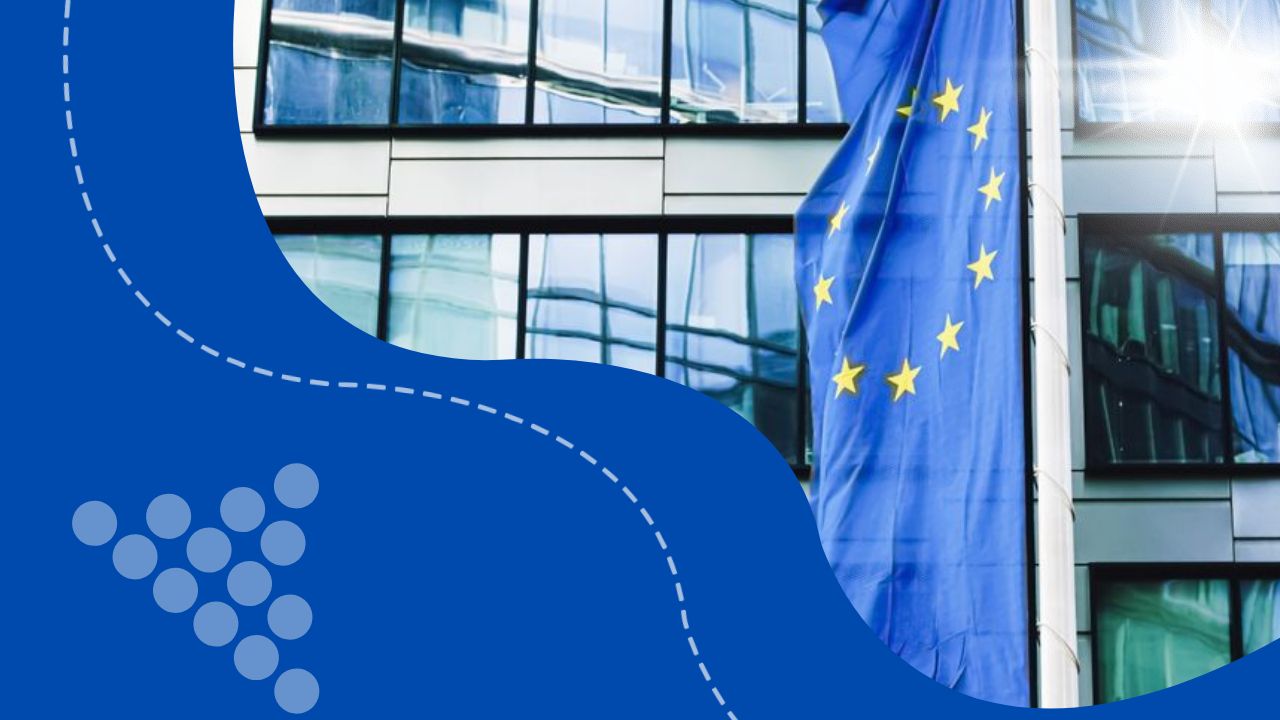In 2008, the European Commission initiated the Raw Materials Initiative, marking the inception of a comprehensive strategy aimed at securing access to raw materials on equal footing with global competitors. This initiative laid the groundwork for subsequent policy measures focused specifically on critical raw materials (CRMs) and the circular economy.
The journey evolved with the publication of the first CRM list in 2011, followed by refinements in assessment methodologies in 2014 and 2017. Over time, the number of assessed materials increased, underscoring the growing recognition of their strategic importance. The 2020 EU CRM action plan outlined a holistic strategy to bolster the resilience, sustainability, and security of the CRM value chain, emphasizing supply diversification, demand reduction, and enhanced circularity.
A significant milestone came with the introduction of the EU Critical Raw Materials Act (CRMA) in 2023. This legislation introduced a new list of strategic raw materials, elevating the focus on materials crucial for advancing key sectors like energy transition. The CRMA set ambitious targets for domestic production, processing, and recycling capacities, alongside measures to ensure supply diversification and streamline permit processes.
To support these objectives, substantial investments are proposed in research, innovation, and circularity initiatives. Circularity Hubs, coupled with revisions to directives like the End-of-Life Vehicles Directive, aim to accelerate CRM recovery and recycling efforts, reinforcing sustainability goals.
The CRMA represents a pivotal step towards achieving strategic autonomy and sustainability in CRM supply chains. By fostering strategic partnerships, enhancing circularity, and investing in innovation, the EU aims to navigate challenges and seize opportunities in the dynamic landscape of raw materials governance.

